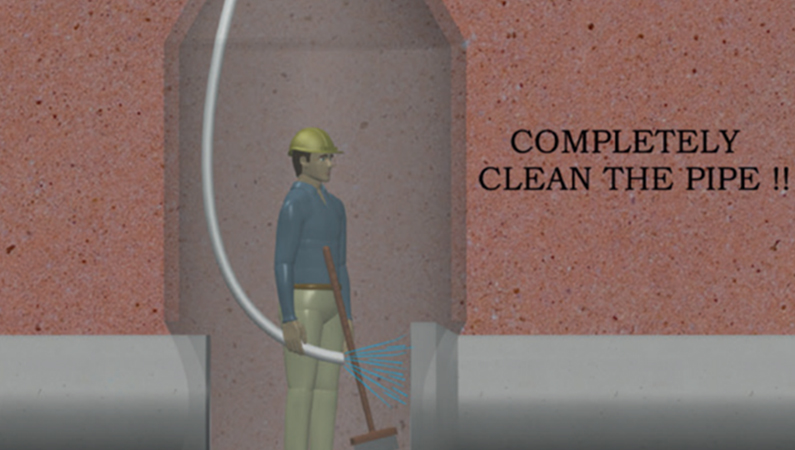Understanding and applying the guideline of EN1610 Standard is very important for a successful pipe leak testing.
What is EN1610 Standard?
EN 1610 is a European standard that outlines the requirements and methods for the construction, testing, and inspection of pipelines for drainage and sewer systems. Understanding EN 1610 is essential to perform a leakage test of gravity pipeline.
The leakage test can be conducted by using either water or air, and can be performed for an entire pipeline, Joints only, or Manholes and chambers.
Overview of Pipeline Testing as per EN1610
The testing methods mentioned by EN 1610 involve both low-pressure air testing and water testing. The purpose of both testing methods is to identify any defects such as leaks, cracks, or weak joints.
In addition, EN 1610 outlines the tips and steps of preparation for testing, including the conditions of the pipeline, the duration of tests, and acceptable tolerances for pressure loss.
Step-by-Step Guide to Pipeline Installation Testing
EN1610 standard provides a step-by-step guide to to ensure effective pipeline installation testing:
Visual Inspection
Start with a detailed visual inspection of the pipeline installation by checking for any visible defects, such as cracks, misalignments, or damage to joints and fittings. Make sure that all components meet the required specifications and that the installation aligns with the pre-approved design plans.
Cleaning the Pipeline
Clean the pipeline internally before testing to remove debris, dirt, or any foreign material that may damage the testing system including the pipe test plug, and affect test results. This step is very important for a safe testing process.

Filling the Pipeline with Water
EN 1610 recommends using water for pressure testing. Slowly fill the pipeline with water, ensuring that all air is discharged as trapped air can give false pressure readings and compromise the test’s accuracy. When the water is filled through the bypass line of the plug, the Air Discharge Adaptor is used to discharge the air from the test area.
Pressure Testing
Apply the specified test pressure gradually, typically higher than the pipeline’s operating pressure, as outlined in EN 1610. Maintain this pressure for the required duration—often a minimum of 30 minutes—to check for leaks or pressure drops. Monitor the control device carefully and document all readings.
Leakage Inspection
While the pipeline is under pressure, conduct a thorough inspection for any signs of leakage. This includes checking joints and connections. Use visual methods or detection equipment as necessary.
Post-Test Procedures
Once testing is complete, safely release the pressures in the pipe and remove the testing equipment as per the manufacturer’s instructions. Then, drain the water as per environmental and safety guidelines and conduct a final inspection to ensure the pipeline is ready for operation.
PlugCo in Compliance with EN1610 Standard
PlugCo offers a wide range of Pipe Test Plugs, Joint Testers, and Manholes Test Plugs, designed in compliance with the European Standard 1610.
Whether for Water or Air Leak Testing, PlugCo products are suitable to perform the leakage tests in accordance with EN1610.
PlugCo prepared some simplified videos to explain the steps of leakage test and the important tips to consider:
- Water Test using the manhole: https://youtu.be/LSbb7va-bo4
- Water Test without using the manhole: https://youtu.be/hD7ksVBhY3I
- Air Leak Test: https://youtu.be/we2e-5p8QUw
- Joint Testing: https://youtu.be/TuMDf5pVIfg
